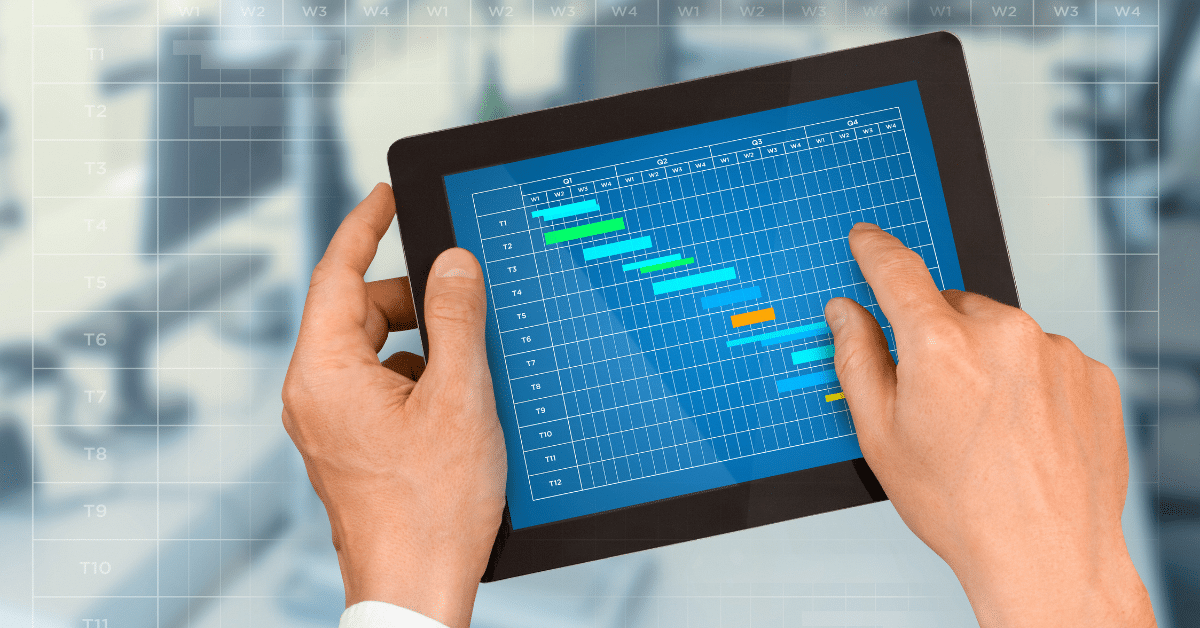Manage Projects Like A Pro: Gantt vs. PERT Chart

In my latest CAMP Course, we were discussing Project Management best practices for staying on track and within the budget and I mentioned that Gantt and PERT Charts are great tools for scheduling projects and monitoring their success. Several students were unfamiliar with these diagrams, so let’s take a crash course!
What’s a Gantt Chart?
A Gantt Chart is a bar graph that illustrates the tasks or project phases that have been completed over time in relation to the scheduled time for each task or phase. There are usually two columns; the left shows the list of tasks and the right shows the timeline of each task. These charts can also show the start and end date of each task, dependencies between and sequences of tasks, assigned personnel, and phase and project milestones. Project managers can choose from several Project Management software tools on the market that include Gantt Chart templates to help them develop and manage projects, determine logistics, and monitor the progress of each project phase to completion of the project deliverables.
What is a PERT Chart?
PERT stands for Program Evaluation Review Technique A PERT Chart is a network diagram that’s used to schedule, organize, and coordinate the tasks and phases within a project. It’s a graphical representation of the project tasks and timeline, using nodes – to show events and milestones, and vectors – to illustrate the various tasks that need to be completed. Project managers can choose from several Project Management software tools on the market that include PERT Chart templates to help them define the activities involved in the project, consider dependencies between tasks, and identify the completion timeframe for each task.
PERT vs. Gantt
Both help to simplify the project management process by illustrating a breakdown structure that clearly divides the project into phases and identifies dependencies between tasks, any constraints or challenges, and improves time and resource management. PERT Charts are best used for project planning to determine the needed resources, and timeframe for each task. It can be difficult to scale a PERT Chart to a large project because it can be difficult to read at a glance. Also, what if you want to print a physical copy? It’s either going to be too small to read or require an order from a print shop due to its size.
Gantt Charts are a much better tool for managing the project phases in real time because it can be used to schedule tasks and visualize the amount of completed work during the project. They offer a more detailed view of the project timeline, while also being able to hide columns and rows that aren’t needed at the moment. This makes them easier to view and print. Gantt Charts also offer the ease of change management by being able to drag and drop tasks on the project schedule, allowing you to change the timeline or sequence of planned tasks and add new tasks whenever necessary.
So which is better? Well the answer is it really depends on the needs of your organization. The Gantt Chart offers a more comprehensive, customizable solution to meet a variety of Project Management needs, so it would likely be my choice.
